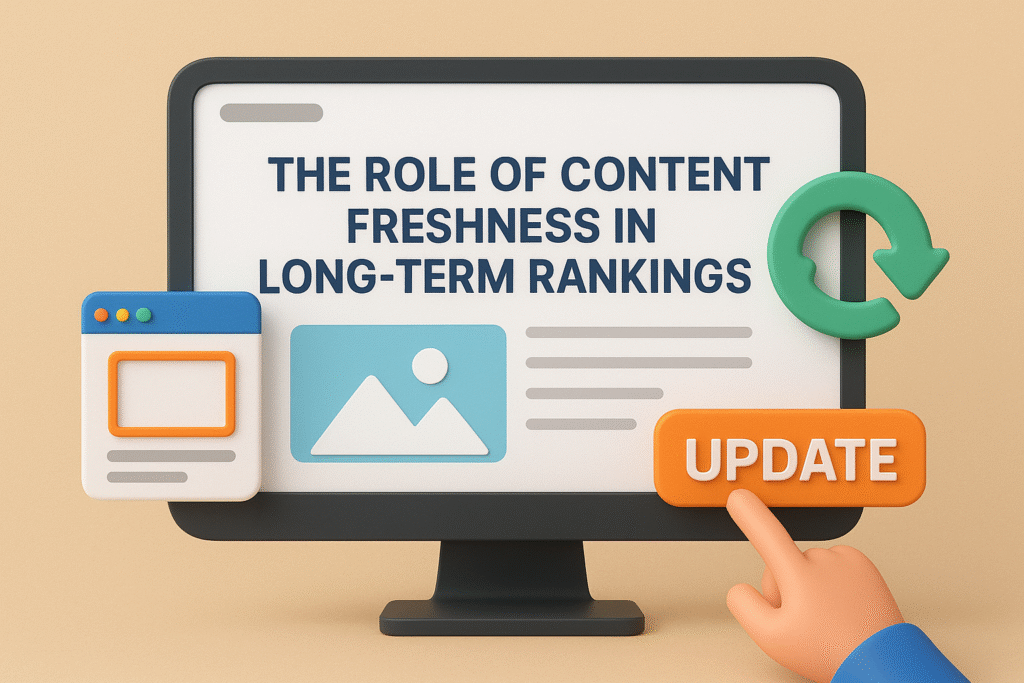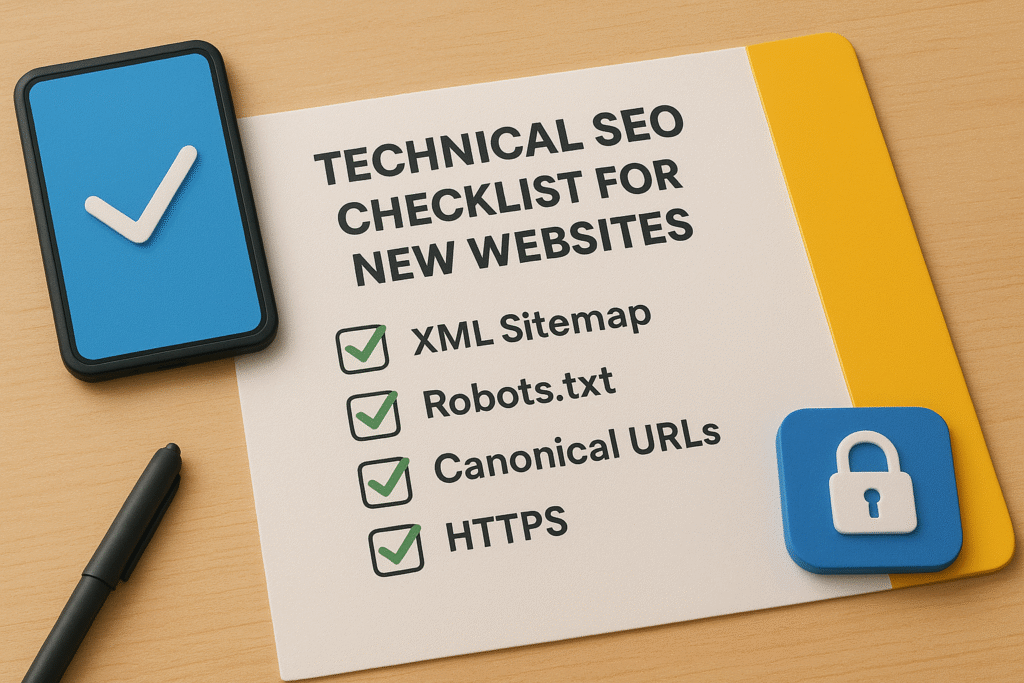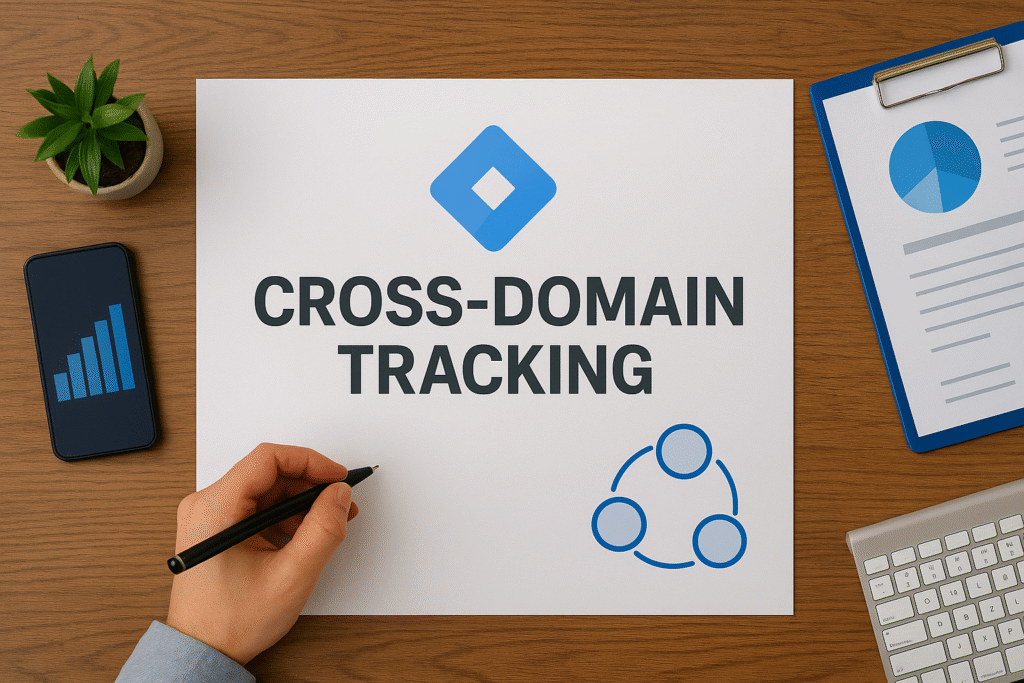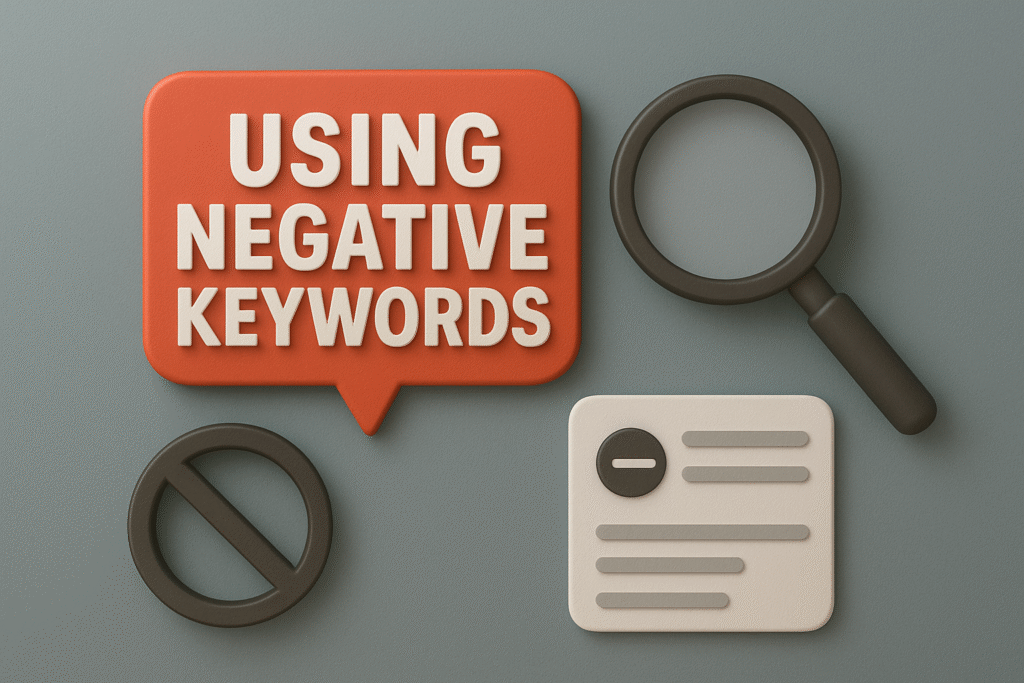Quick Summary: What This Blog Covers
This blog explains why well-structured sitemaps are essential for large websites with thousands of pages. It covers best practices for creating, segmenting, validating, and maintaining XML and HTML sitemaps to enhance crawl efficiency and indexation. Readers learn how to handle dynamic updates, multilingual sites, and common technical errors while leveraging data tools for ongoing performance tracking. Real-world examples highlight how strategic sitemap management can boost organic visibility and crawl efficiency for enterprise-scale websites.
Introduction
For enterprise-scale businesses and high-traffic publishers, optimizing technical SEO is no longer optional—it’s foundational. Among all technical elements, a well-structured sitemap is one of the most overlooked yet powerful tools for improving crawl efficiency and visibility. If your website has thousands—or even millions—of pages, mastering sitemap best practices for large websites can significantly improve how Google and other search engines index your content.
“Stat: 83% of websites with more than 10,000 pages experience crawl inefficiency issues due to poorly structured or outdated sitemaps.”
Source: SEMrush Technical SEO Report
A sitemap acts as your website’s roadmap for search engines. It tells crawlers which URLs matter most, when they were last updated, and how frequently they change. Let’s break down how to design, organize, and optimize sitemaps for enterprise-level sites effectively.
Why Sitemaps Matter for Large Websites
When your website crosses a certain threshold—multiple subdomains, dynamic URLs, or extensive product catalogs—search engines can struggle to discover and prioritize important content. That’s where sitemaps become critical.
A sitemap improves crawlability by:
- Helping search engines discover deep or orphan pages
- Ensuring newly added or updated pages are indexed faster
- Prioritizing high-value content such as category pages or core landing pages
- Improving the efficiency of crawl budgets
“Pro Tip: A properly optimized sitemap can reduce crawl errors by up to 45% on enterprise websites.”
Source: Screaming Frog
Large websites can’t rely solely on natural crawling. Manual guidance through structured sitemaps ensures consistent visibility and reduced index bloat.
Types of Sitemaps You Should Use
There are several types of sitemaps, each with a specific purpose. For large websites, combining them strategically provides the best coverage.
- XML Sitemaps: Primarily for search engines. They define the structure of your URLs and metadata such as modification dates.
- HTML Sitemaps: Designed for users. While not a ranking factor, they enhance navigation and accessibility.
- Image Sitemaps: Crucial for e-commerce and publishers relying heavily on image SEO.
- Video Sitemaps: Ideal for websites with embedded videos, tutorials, or product explainers.
- News Sitemaps: Required for publishers to ensure fast indexing in Google News.
“Stat: Websites with separate media sitemaps (image/video) report a 22% improvement in media-rich page indexation.”
Source: Moz
For large websites, combining these formats ensures full asset discoverability.
Step 1: Split Your Sitemap into Manageable Files
Google allows up to 50,000 URLs per sitemap file and a maximum file size of 50MB (uncompressed). Large websites with hundreds of thousands—or millions—of URLs must segment their sitemaps intelligently.
Examples of segmentation:
- By category: blog-sitemap.xml, product-sitemap.xml, service-sitemap.xml
- By geography: usa-sitemap.xml, canada-sitemap.xml, europe-sitemap.xml
- By update frequency: daily-updates.xml, static-content.xml
“Pro Tip: Break down your sitemap logically, not just by size. This makes it easier to debug indexing issues per section.”
Source: Google Search Central
After segmentation, you can combine all sub-sitemaps into a sitemap index file—a master file that references all individual sitemaps.
Step 2: Prioritize Important URLs
Not every URL deserves to be in your sitemap. Including irrelevant or duplicate pages can waste crawl budget. For large websites, only high-quality, canonical, and indexable URLs should be listed.
Best practices include:
- Exclude thin content, paginated URLs, or parameter-based URLs.
- Remove duplicate or canonicalized pages.
- Avoid linking to non-200 status pages (redirects or 404s).
- Focus on URLs that bring business value—product, service, and content hubs.
Use tools like Sitebulb or DeepCrawl to audit and clean your sitemap content regularly.
“Stat: Sites that exclude non-canonical URLs from their sitemap see a 35% faster indexation rate.”
Source: Ahrefs
Step 3: Keep Sitemaps Dynamic
Static XML files are outdated for modern large-scale sites. Dynamic sitemaps that update automatically whenever new content is published or deleted ensure continuous accuracy.
Implementing dynamic generation can be done through:
- CMS plugins like Yoast SEO for WordPress
- Custom scripts using Python or PHP
- APIs for e-commerce platforms like Shopify or Magento
Ensure your CMS or framework supports auto-refresh functionality so search engines always see the most current sitemap version.
“Pro Tip: Schedule sitemap regeneration at least once per week for large dynamic sites.”
Source: Search Engine Journal
Step 4: Submit Sitemaps Through Search Console
After creating and segmenting your sitemap files, submit them via Google Search Console. This allows you to:
- Track indexation progress
- Identify crawl errors
- Monitor total discovered URLs
- Debug issues with specific sitemap sections
Also, submit your sitemaps in Bing Webmaster Tools to maximize search engine coverage.
“Stat: Websites that actively manage sitemaps in Search Console see 25% more indexed pages on average.”
Source: Search Engine Watch
Step 5: Compress and Validate Sitemaps
A large sitemap can become heavy and slow to process. Compressing it into .gz format reduces load time and ensures faster crawling.
Before submission, always validate your sitemap using:
Validation helps catch issues like incorrect tags, broken links, or formatting errors.
“Pro Tip: Always keep your sitemap under 50MB per file and ensure UTF-8 encoding for better compatibility.”
Source: W3C Standards
Step 6: Track and Update Indexation Metrics
SEO doesn’t end with submission—it begins there. Use Search Console’s Index Coverage Report to monitor:
- Crawled but not indexed URLs
- Pages with crawl anomalies
- Indexed pages trend over time
- Last crawl dates per sitemap
Set up automated reporting with tools like Data Studio to visualize sitemap performance weekly.
“Stat: Regularly auditing sitemap indexation improves organic visibility by 20–30% for enterprise sites.”
Source: BrightEdge
Step 7: Handle International and Multi-Language Sitemaps
For multinational websites, multilingual SEO adds complexity. Use hreflang annotations within your sitemaps to indicate language and regional variations.
Example:
<xhtml:link rel="alternate" hreflang="en-us" href="https://example.com/us/" />
<xhtml:link rel="alternate" hreflang="es-es" href="https://example.com/es/" />
This helps search engines serve the correct localized version of a page to users.
“Pro Tip: For multilingual websites, store regional sitemaps in subfolders or subdomains for easier maintenance.”
Source: Google Developers Internationalization Guide
Step 8: Avoid Common Sitemap Mistakes
Even seasoned SEOs make critical errors when managing large-scale sitemaps. Avoid these pitfalls:
- Including non-indexable or blocked URLs (robots.txt conflicts)
- Forgetting to update after URL migrations
- Submitting duplicate sitemap files
- Ignoring server response codes
- Using inconsistent URL structures (HTTP vs. HTTPS)
“Stat: 29% of enterprise websites have sitemap errors that directly prevent new content from being indexed.”
Source: Botify Enterprise SEO Study
Routine audits are the best defense against these costly errors.
Case Study: E-commerce Site Improves Indexation Efficiency
A leading U.S. retailer with over 500,000 product URLs struggled with inconsistent indexing. After restructuring its sitemap using best practices—segmentation, canonical cleaning, and dynamic updates—the results were striking:
- Indexation rate improved by 38% within 60 days
- Average crawl frequency per page increased by 52%
- Organic traffic grew 27% quarter-over-quarter
This shows how adopting sitemap best practices for large websites can lead to tangible performance gains.
Final Thoughts
Sitemaps might seem like a small technical detail, but for enterprise websites, they are one of the most powerful levers for improving crawl efficiency and organic visibility. By following these sitemap best practices for large websites—including segmentation, validation, and dynamic updates—you create a system that scales smoothly as your content ecosystem grows.
Whether you manage a multinational e-commerce brand or a media publication, investing in sitemap optimization will help ensure every valuable page gets indexed and found.
To learn more about scaling technical SEO systems for large websites, explore our Enterprise SEO Optimization Services.
Frequently Asked Questions (FAQs)
1. How often should large websites update their sitemap?
Ideally weekly, or automatically whenever new content is published. Dynamic generation ensures continuous accuracy.
2. Should all pages be included in a sitemap?
No. Only indexable, canonical, and high-value pages should be included. Exclude duplicates and redirects.
3. Can I submit multiple sitemaps to Google Search Console?
Yes. You can submit several segmented sitemaps and combine them using a sitemap index file.
4. Do sitemaps impact ranking directly?
Not directly. They improve crawl efficiency and indexation, which indirectly supports rankings.
5. Should I use both HTML and XML sitemaps?
Yes. XML for search engines and HTML for users improve both accessibility and discoverability.
6. How can I check if Google is indexing all sitemap URLs?
Use Google Search Console’s Index Coverage report or tools like Ahrefs to compare submitted vs. indexed pages.



































